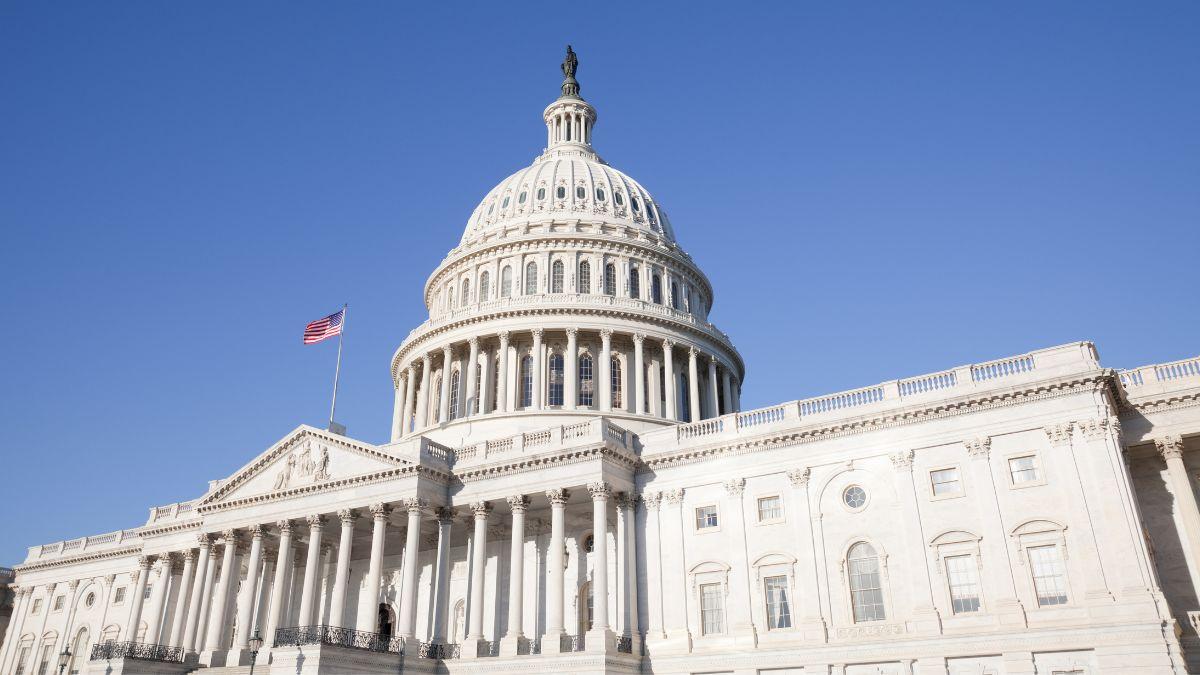Canva.
This column was published by Nebraska Farmer on June 9, 2023, and is excerpted here with permission.
The legislation to lift the federal debt ceiling negotiated and passed in Washington, D.C., in early June averted an unimaginable default on government debt that could have had serious and lasting consequences for interest rates, government programs and the economy in general.
Formally, the Fiscal Responsibility Act of 2023 suspends the authorized limit on federal debt until 2025 and places some limits on federal spending and program rules.
The debt limit itself may seem a bit of an arcane policy. While it restricts how much the federal government can borrow, it doesn’t directly dictate how much the federal government spends. As long as the federal government spends more than it takes in through taxes and other revenues, the debt continues to grow, necessitating legislation to regularly increase the debt limit.
While regularly increasing the debt limit seems a foregone conclusion, there is always some debate, particularly when the two major political parties have split control of Congress and the White House. The debate this time included some effort to pull back on federal spending and may foreshadow spending fights ahead in annual appropriations bills and in major legislation such as the farm bill.
Federal spending growth
Federal spending has grown dramatically in the past three years with COVID-related spending and other large federal initiatives. Annual spending or outlays have grown from an average of $3.5 trillion in the 2010s to an average of $6.5 trillion over the past three years, with similar projections in the immediate years ahead.
Revenues have grown steadily over the period as well, but have not kept pace, growing from an average of $2.9 trillion in the 2010s to an average of $4.1 trillion over the past three years. As such, the annual deficit (outlays minus revenue) has grown to an average of more than $2 trillion over the past three years, hence the growing debt and the debate over the debt limit.
A look back at historical data would note that the federal government has run a deficit almost every year since the early 1970s, except for a brief period in 1999 and 2000. The deficit grew from a long-run average over that period of about 3% of the nation’s economy or gross domestic product (GDP) to more than 10% of GDP during the Great Recession of 2008-09.
That set the stage for deficit reduction efforts in 2011 that ultimately led to budget cuts in the 2014 Farm Bill. In 2020 and 2021, the deficit peaked again at 14.9% and 12% of GDP respectively, before falling back in the past two years to 5% to 6% of GDP, setting the stage for a renewed focus on spending in both the debt ceiling legislation and in upcoming debates.
